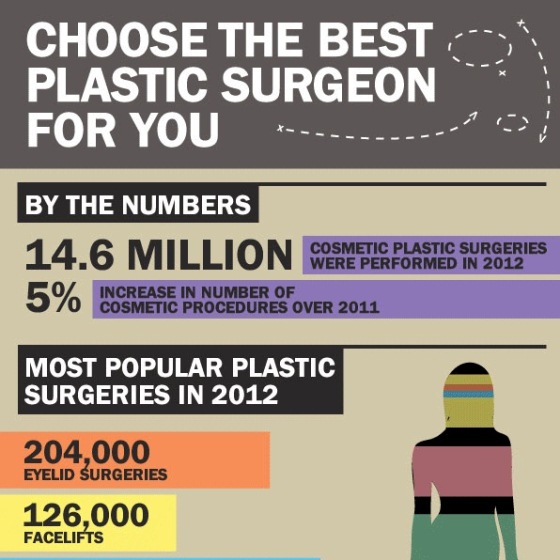Differences Between Adult And Teenage Acne
Differences Between Adult And Teenage Acne
Blog Article
Light Therapy For Teenage Acne
8 in 10 teenagers get acne and the problem can have long lasting implications. But prescription therapies like benzoyl peroxide, prescription antibiotics and the contraceptive pill can have unwanted side effects.
Light therapy is a safe, effective alternative. And now LED light tools are readily available for home usage. They utilize blue and traffic signal to kill bacteria, soothe the skin and help protect against future outbreaks.
Acne-fighting wavelengths
Light treatment for acne is a drug-free, noninvasive treatment that has been clinically proven to control acne without prescription drugs or extreme chemicals. It likewise helps reduce blemishes and minimize scarring.
The light in heaven wavelengths assaults the acne triggering bacteria, Propionibacterium acnes, that live deep in the skin. This kills the microorganisms and minimizes the amount of oil that is produced, helping to remove acne outbreaks. Blue light has been shown to be reliable alone or in mix with photosensitizing agents like aminolevulinic acid (ALA) hydrochloride, which decreases both oil gland dimension and acne germs count.
In some studies, LED therapies have actually been shown to improve 76-90% of light to moderate inflammatory acne lesions (papular, pustular & cystic). The red & near infrared light advertises recovery and assists remodel very early & moderate acne scars. On top of that, it boosts the appearance of red macules and uneven coloring connected with inflammatory acne. This acne light treatment is secure for any ages and skin types.
Red light
Traffic signal therapy delivers wavelengths of all-natural sunlight-- minus the skin-damaging UV rays-- to the skin. This light stimulates collagen manufacturing, decreases fine lines and creases, and increases circulation to the skin's surface area. This assists promote recovery of blemishes, especially those brought on by acne scarring. It likewise stabilizes sebum manufacturing to prevent oil accumulation.
Kibildis states light therapy can be made use of four to 7 times a week for 20 mins. It is essential to adhere to the directions for your specific tool. She adds that a well-maintained skin care routine, consisting of gentle cleaning and moisturizing with a noncomedogenic cream, will certainly help keep the results of your light therapy.
Chapas notes that blue and traffic signal treatments work on inflammatory acne, which is the kind associated with swollen pustules and cysts. It doesn't aid with hormonal or comedonal (clogged-pore) acne. On top of that, it's not suggested for those with a clinical condition that makes them conscious light or those taking medicines that can create light level of sensitivity.
Blue light
Acne develops when oil, dust, and dead skin cells clog pores. Germs called Propionibacterium acnes then expand in those clogged pores and trigger botox them to swell. These swellings are known as acnes. Light therapy has actually been revealed to kill microorganisms and clean up imperfections.
It has additionally been found to reduce oil glands and reduce the quantity of pore-clogging oil your body produces. Both red and blue light therapies have actually been shown to be reliable for mild to modest acne.
Before treatment, you might be given medication that makes your skin more conscious the light This medication is called a photosensitizer and it's utilized with a sort of light therapy referred to as photodynamic treatment (PDT). PDT has been revealed to be more efficient than light alone for the therapy of acne. It can even remove severe situations of acne. Nonetheless, you'll need a lot of therapy sessions to see results. Likewise, you'll require to avoid retinols and various other items that thin your skin prior to and after therapy.
Green light.
If you're experiencing the less-common kinds of acne-- like blackheads and whiteheads, or bigger pores or dilated capillaries-- thumbs-up might help. It targets and ruins microorganisms that can set off swelling, and it additionally calms skin to avoid future outbreaks.
There are LED lights you can buy at home that provide either red or blue wavelengths, although they're usually less powerful than what you would certainly get at a physician's workplace. Yet a few years back, a business that started in the red-light space (PlatinumLED) surprised every person when they announced they 'd be including blue-light alternatives to their devices. That implies you can do a light-facial combination in the house. It's a fantastic choice for any person that wants to try light treatment, yet doesn't want to dedicate to the greater prices and longer treatment times of a professional session.